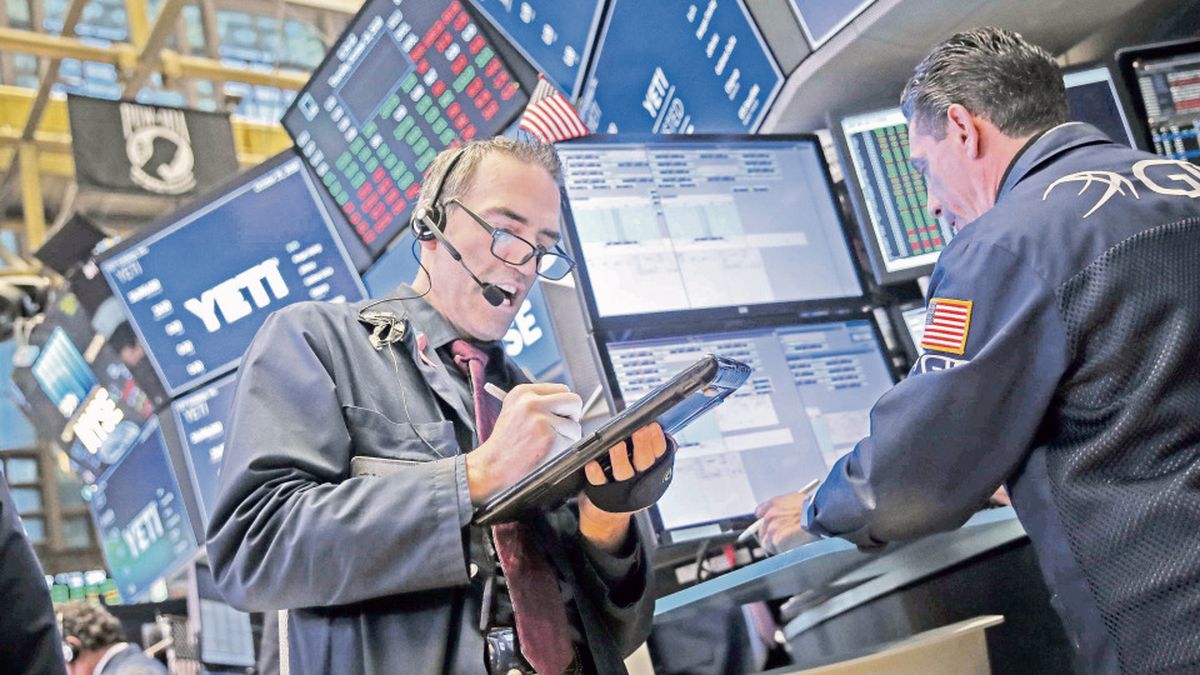The ‘big data’ “will transform the entire industry and redefine what it means to play -and live- each game.” “Major leagues, such as the Bundesliga and the NFL, have started to use video footage, wearable devices, IoT sensors, etc., to perform analysis and obtain information in real time,” says Vogels, who believes that the different disciplines “they will become a data stream that we can analyze and make decisions on in real time.”
“We will reach a point where teams will run constant simulations in the background to predict the impact of their decisions in the moment”he adds, while stressing that technology itself “will become the competitive basis of professional sport” and that the fan experience, in person or through a screen, will change: joint viewing experiences, ticketless entry, purchase for carry etc “The world of sports is currently on the brink of the biggest revolution it has ever seen and cloud technologies are at the center of this change”sentence.
A second sector to take advantage of, according to Vogels, is that of simulated worlds, which can require up to 150TB of data to simulate a single second of a real scenario. Still, the Amazon CTO notes that this is “changing rapidly” with technologies like AWS SimSpace Weaver, which makes these simulations easier to access and process for everyday use.
“Another field where I see a rapid increase in innovation is spatial computing. Companies are already building specialized hardware and using cloud technologies to capture and create 3D models of almost any environment. Doing this with a simple mobile device will soon be a reality”, says Vogels, who believes that in 2023 these technologies will begin to converge and the cloud, “because of its massive scale and accessibility”, will give them the necessary impetus.
The specialist stresses that the energy crisis must be an “extra motivation” for the production of renewable energy and the consolidation of the energy transition. In this sense, he believes that in 2023 we will witness a “rapid development on a global scale” that will improve our way of producing, storing and consuming energy through surface materials that allow it to be stored, the proliferation of decentralized networks or smart consumption technologies.
“The cloud is facilitating scientific research on materials, long-term storage, such as molten salts, stacked blocks and fuel cells,” explains Vogels, noting that we will see “the takeoff of smart consumer devices based on in IoT, which will lead to the next wave of innovations with energy saving technologies”.
The transformation of the supply chain is also an aspect to take into account for 2023, especially after the crisis experienced in recent years. “Starting next year, we will see an acceleration in the development of smart factories, equipment, and shipping,” he says.
“Order sorting and automated packing will become more and more common. We will continue to assist this evolution with new innovations in robotics that use AI, computer vision and precise manipulation of individual products in a company’s inventory”, he adds.
By last, Vogels estimates that the use of custom-built chips will increase rapidly next year. As a result, the pace of innovation will accelerate as workloads take advantage of hardware optimizations that maximize performance while lowering power consumption and lowering costs. “We know that workloads that companies run in the cloud can be more efficient and cost-effective if they run on custom silicon, built specifically for specific use cases,” he explains.
Source: Ambito
I am a 24-year-old writer and journalist who has been working in the news industry for the past two years. I write primarily about market news, so if you’re looking for insights into what’s going on in the stock market or economic indicators, you’ve come to the right place. I also dabble in writing articles on lifestyle trends and pop culture news.




